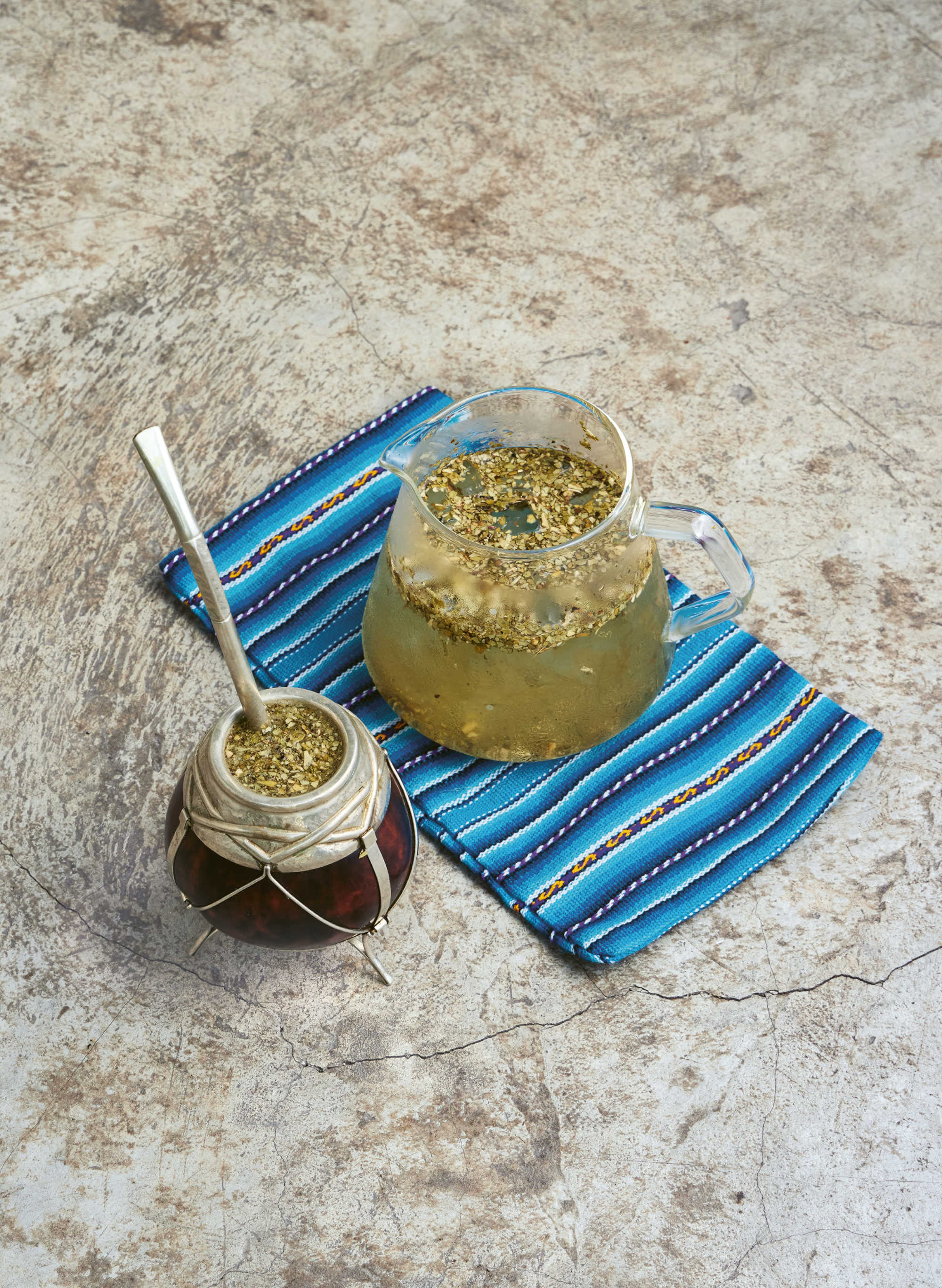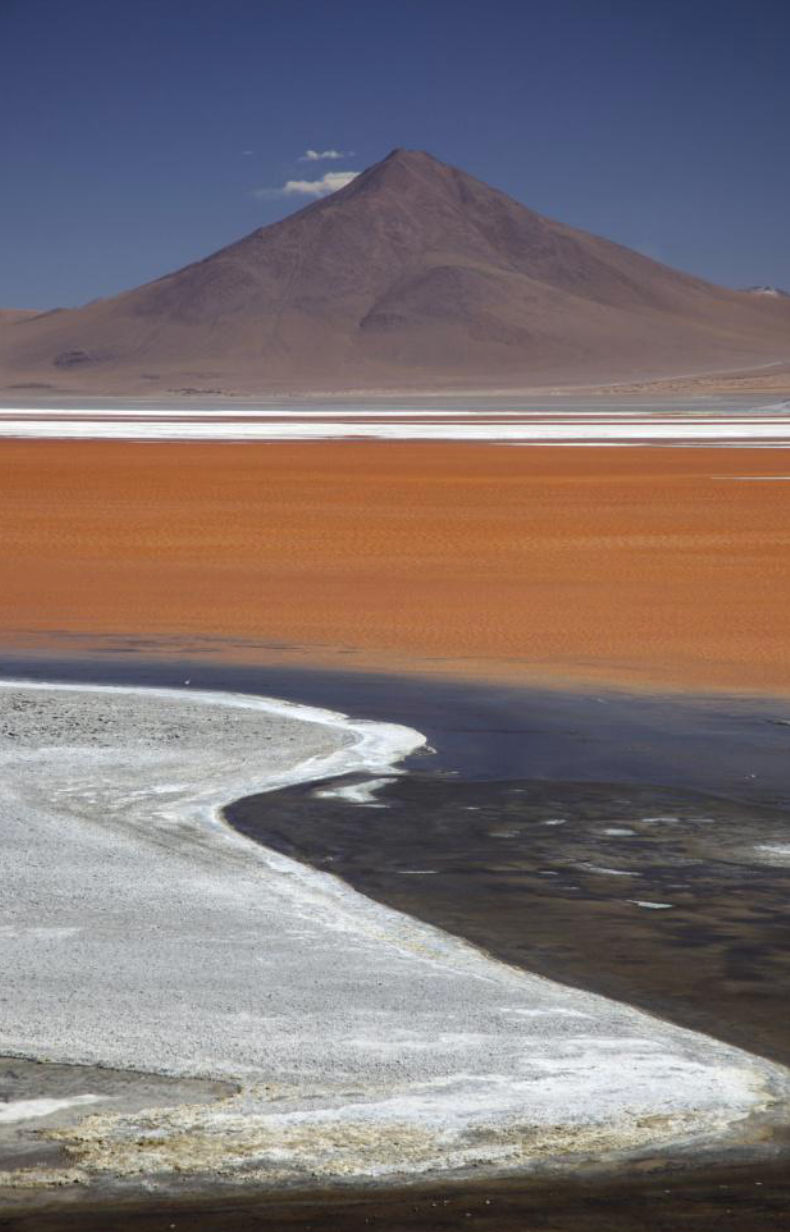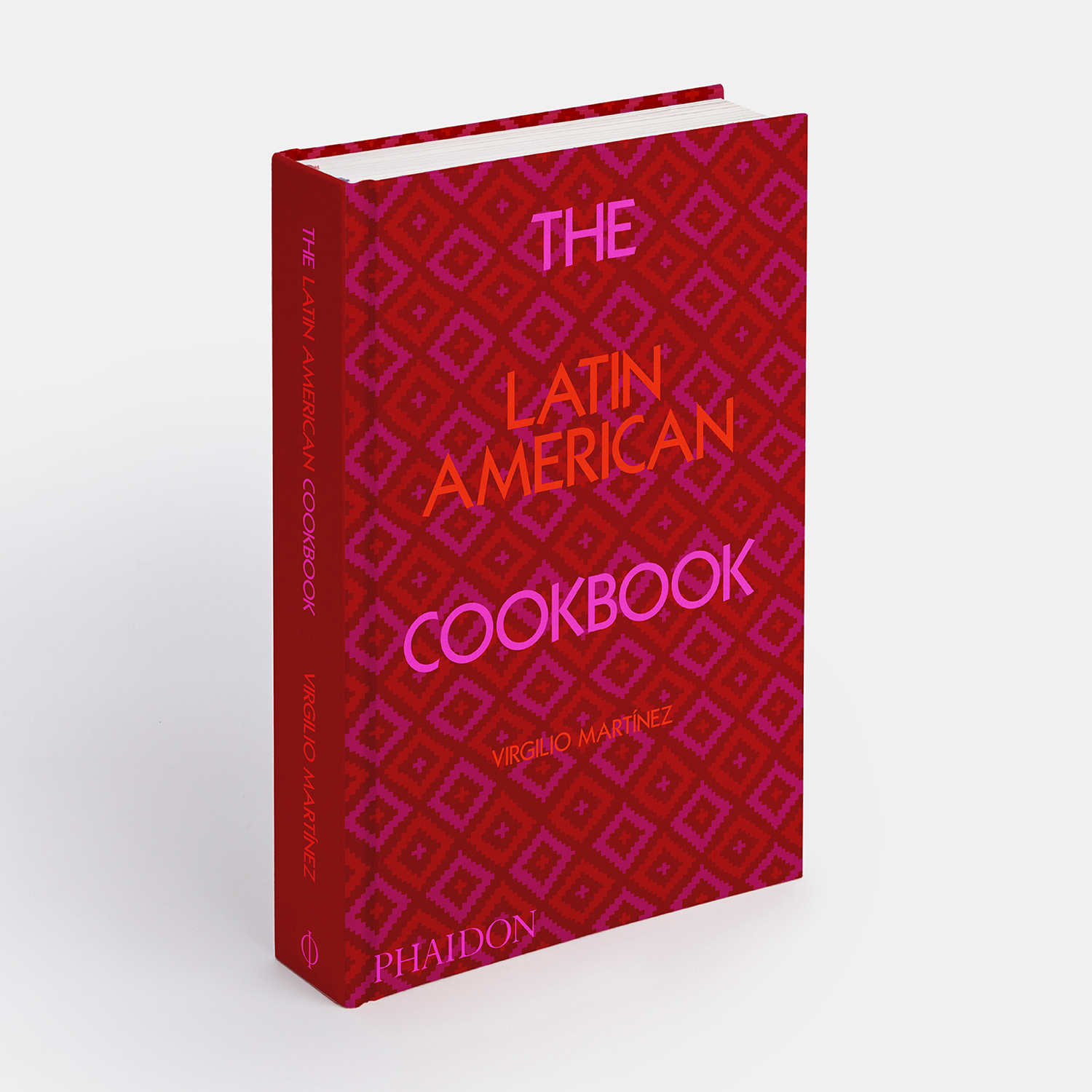
The herbal pick-me-up in The Latin American Cookbook
Our new survey of Latin American cookery features yerba maté, a holly bush infusion that has been enjoyed for centuries
The Latin American Cookbook will not only build on your culinary knowledge of this diverse region; it will also undermine some of your less well-founded beliefs. Consider tea. Many of us think of Latin America as the place where drinking chocolate was first imbibed, and the part of the world where much of the best coffee is now produced. However, as co-authors Virgilio Martinez and Nicholas Gill point out in this book (which brings together 600 recipes alongside many cultural insights) Paraguay, Uruguay, Argentina, and Chile are countries with some of the highest amounts of tea consumption on earth.
‘Tea’ is a broad term, here, as the drink favoured in these countries isn’t made with the dried leaves of the tea plant, but instead with a wider variety of ingredients. “In much of Latin America, teas are mostly infusions of local plants, usually with a medicinal connotation,” explains the book. “Herbs, leaves, barks, roots, flowers, and seeds are infused in hot water to cure ailments of every sort.”

In the Andes, coca leaves help alleviate the effects of altitude sickness, while in other places the caffeine-rich leaves of a type of holly tree are brewed. This latter drink, known as yerba maté, was first cultivated by the Guaraní and Tupí in and around Paraguay, before Jesuits domesticated the plant and started plantations in the region during the 1650s, leading to much wider use. It tends to be drunk warm, though there is an iced tea in our new book.
“While it’s still common to drink hot yerba maté during the summertime, a cold infusion of yerba maté called tereré is far more preferable to some,” explains the text in The Latin American Cookbook. “The national drink of Paraguay, tereré is of Guaraní origin and has an entire culture around it. Often, additional herbs can be added and there are names for particular mixes. For instance, tereré tantano or swamp tereré, is when medicinal herbs are added, adjusted for specific ailments. In northeastern Argentina and southwestern Brazil, tereré ruso, or Russian tereré, is so named when citrus juices are mixed in, a practice common among immigrant communities there.
“To drink tereré, you need a guampa, which is a vessel a bit larger than the typical gourd used for hot yerba maté. It’s often a hollowed out bull’s horn, though can also just be a glass. It is also necessary to have a bombilla, a metal straw, so you don’t ingest the tea. Don’t stir, just take a few sips until the water is gone then add more and pass it on.”
The recipe for this one isn't very complicated. Simply “Fill your guampa about halfway with yerba maté, then add ice water and the bombilla. Refill the water as needed until it loses its flavor.”

For more, slightly more involved recipes for Latin American teas, chocolate drinks, cocktails and plenty besides, order a copy of The Latin American Cookbook here.